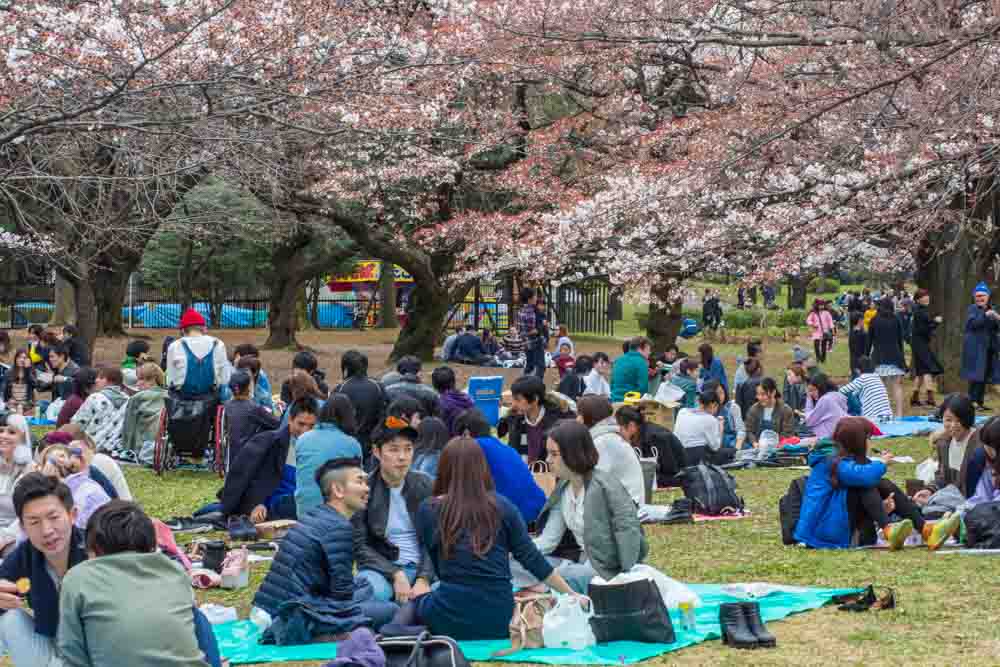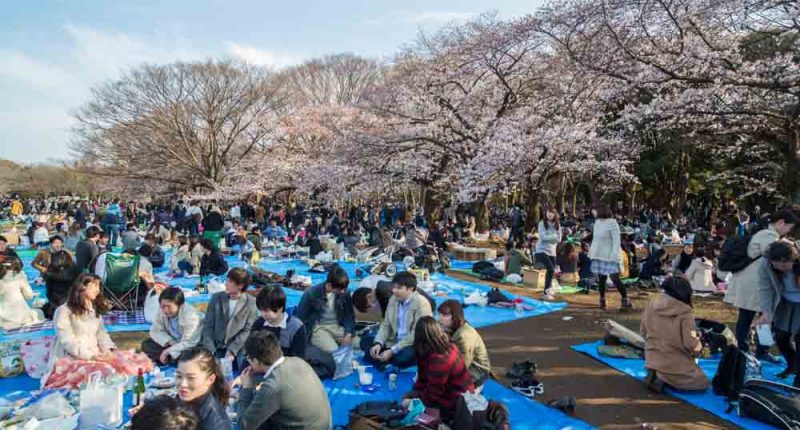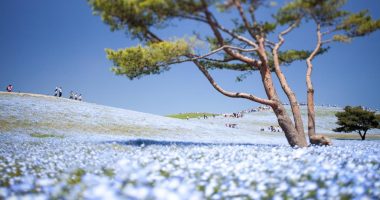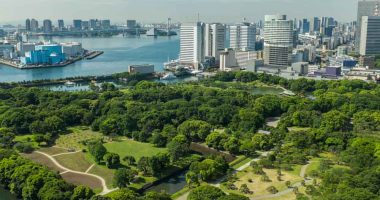The area on which Yoyogi Park (代々木公園) now stands was a military parade ground for the Imperial Army until a housing complex for U.S. military personnel called “Washington Heights” was established in 1946. In fact, the heavy Western ambience of Omotesando Dori and the surrounding streets owes much to this U.S. military presence: shops began to open along the road selling Western goods, the forerunners of what we see today.

U.S. military personnel that remained in Japan were gradually relocated from Washington Heights and the complex was converted into an Olympic Village for the 1964 Tokyo games before being demolished (only one hut remains). The grounds were then renovated and opened to the public as Yoyogi Park in 1967. Today Yoyogi is a people’s park. Entrance is free and there is even a dedicated cycle route. Stroll through at the weekend and you will see teenage girls practicing dance routines, bands rehearsing, and groups picnicking under the trees.






